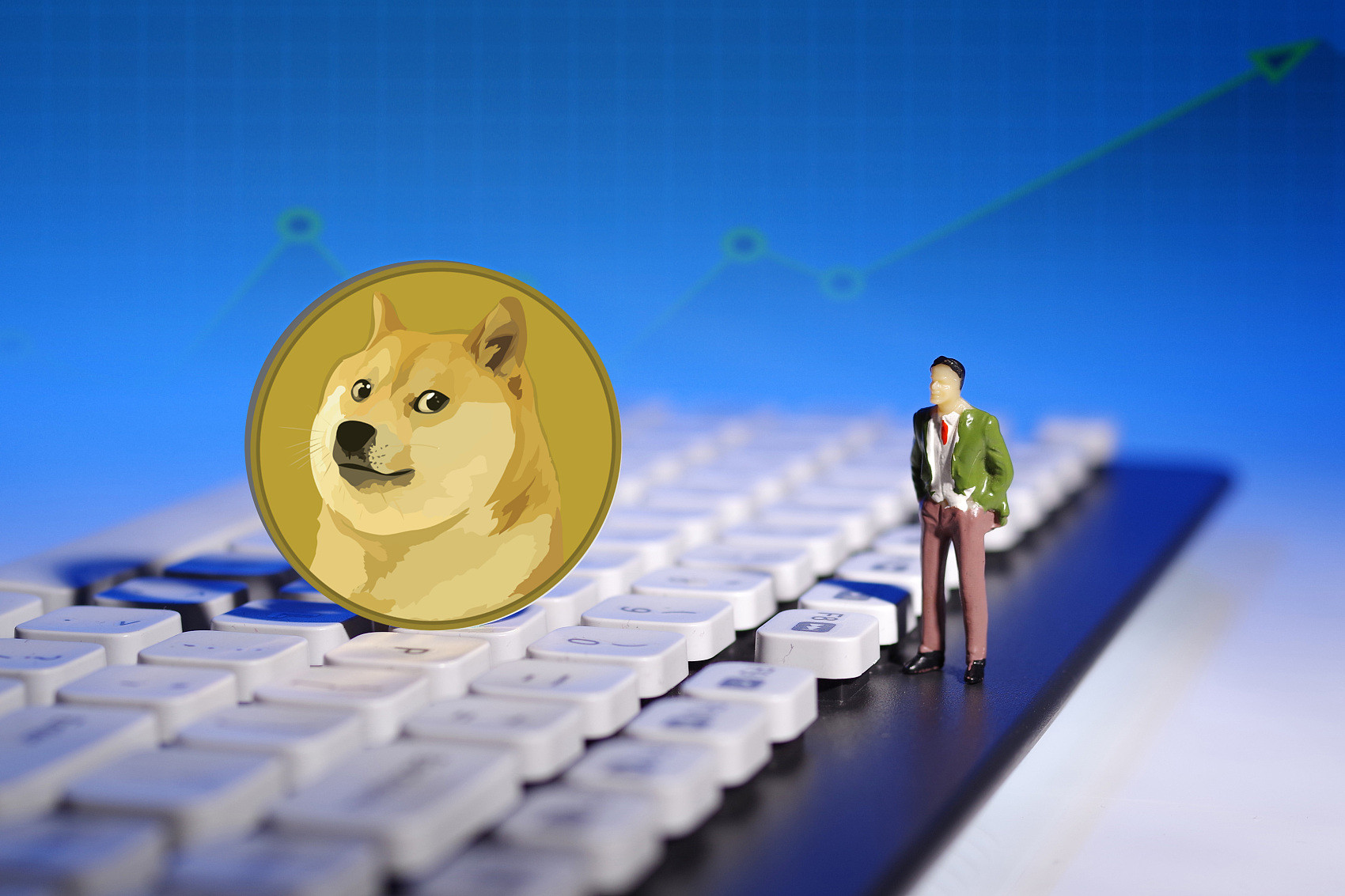Healthcare systems in the United States are encouraging practitioners to use a new type of healthcare facility in their diagnosing process, according to government norms and rules. A remote patient monitoring program is what it’s called. This healthcare facility allows patients to communicate directly with doctors without having to physically visit the Ventilationsreparationer Malmö. Through virtual consultations and e-prescriptions, it assists physicians in maintaining a high level of care.
What is Remote Patient Monitoring Program?
Remote patient monitoring (RPM) is a type of healthcare delivery in which patients’ health is monitored using technology outside of a regular clinical environment. RPM is a delivery mechanism within the greater telemedicine sector that uses specific technologies to electronically communicate information between patients and clinicians.
RPM services, unlike other telehealth delivery techniques, do not necessitate engaging audio-video and virtual visits, nor do they require patients to live in remote areas. They merely require physiologic data collection and interpretation equipment. RPM services are reimbursed by Medicare in the same way that in-person clinical services are, with no additional requirements for utilization or originating site of care. RPM systems also have the potential to save money by preventing more serious and costly health effects from developing.
The market Trend in Remote Patient Monitoring
According to Research and Markets, the global RPM systems market will be worth over $1.7 billion by 2027, up about 128 percent from the $745.7 million potential it presently offers.
According to a recent poll performed by SISGAIN in Virginia, 65 percent of patients choose to utilize remote patient monitoring program devices since the outbreak of the pandemic, which has doubled in the last two years.
Doctors and medical practitioners may now provide patients with effective and cost-effective medical services thanks to video conferencing and remote patient monitoring technologies. They can assess, inspect, and analyze patient data that is electronically transferred to their databases. The data is transferred following the HIPPA agreement, which ensures that the information shared is private and safe.
The remote patient monitoring program empowers doctors to take care of patients suffering from chronic illnesses and allows them to monitor high-risk patients at home. It is important for the medical professionals who are offering remote patient monitoring services to get connections that are secure to access data and view patients’ medical condition records.




